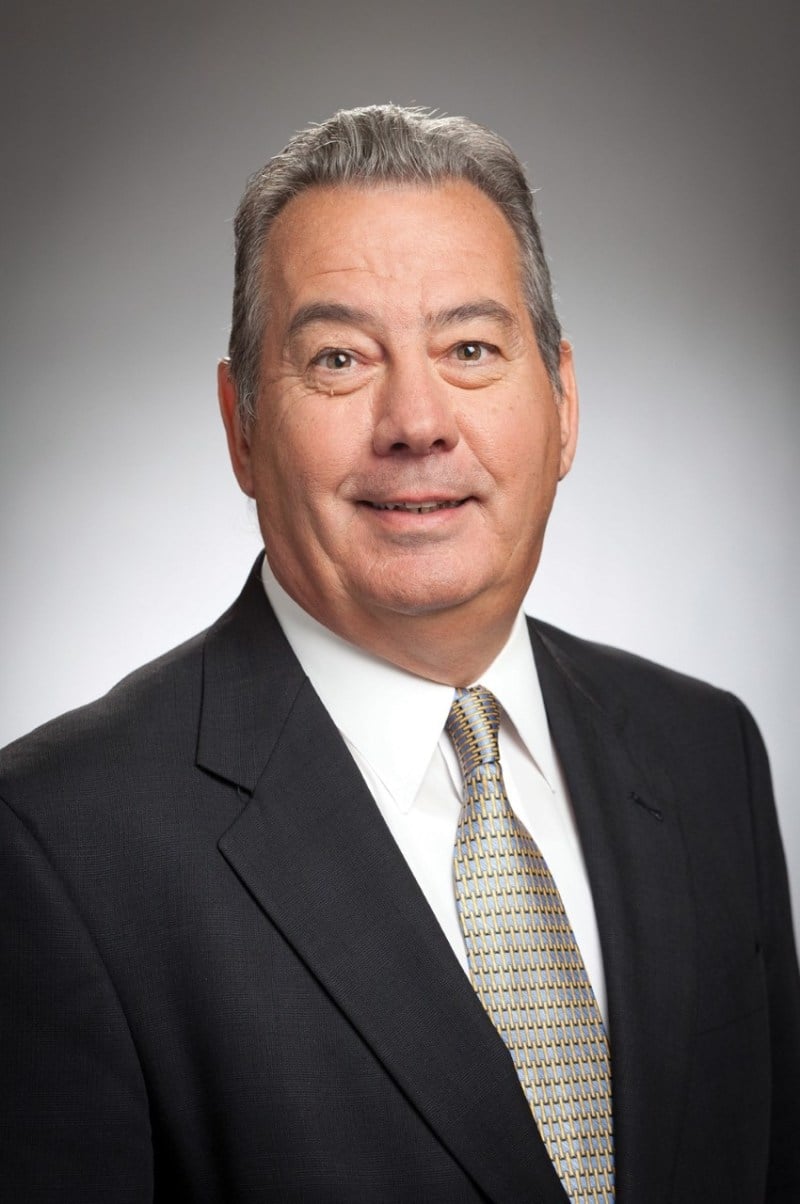“I’m 72. I joined [SLAC National Accelerator Laboratory] 12 years ago after my first retirement,” wrote William Madia in an email to The Daily. “It’s just time.”
Madia is the former SLAC Vice President who retired on Monday. He will spend the upcoming months serving as an executive consultant and mentor to younger research and development leaders and his first year of retirement training Kathryn Moler, Vice Provost and Dean of Research, who was appointed by Provost Persis Drell to succeed him. Moler is a professor of applied physics and the former Senior Associate Dean for the Natural Sciences.
“Under his guidance, SLAC became one of the nation’s premier Department of Energy laboratories,” University President Tessier-Lavinge told Stanford News. “Today it has a bright future with great promise for continued innovation and discovery.”
Specializing in ultrafast X-Ray science and understanding the speed at which chemical reactions take place, SLAC is one of 17 Department of Energy (DOE) labs and hosts upwards of 2,000 scientists per year to use the Linac Coherent Light Source (LCLS), the world’s brightest X-ray. Its projects also include exploring particles and forces beyond the Earth’s atmosphere through building the world’s largest digital camera, and researching how to make photosynthesis more efficient through understanding the various steps with the help of the LCLS, Madia told The Daily.
“When Bill started, the lab was struggling,” Drell, a former director of SLAC, told Stanford News. “And the relationship between SLAC, Stanford and our sponsors in Washington was rocky at best.”
Madia explained SLAC’s transition from a laboratory focused on high-energy physics with many Nobel Prizes — but dwindling in the number of experiments it was conducting — to its current state, under Drell.
“That’s been the most exciting thing,” he told The Daily. “Watching a lab make such a significant transformation.”
Madia earned his Ph.D. in nuclear chemistry, launching him into a career of service for the United States Army and research for the Joint Chiefs of Staff. He then joined SLAC in 2008 in order to act as a liaison between Stanford, the energy department and SLAC. Before his career at Stanford, Madia was the director of Oak Ridge National Laboratory and Pacific Northwest National Laboratory, two energy department-funded laboratories.
Notably, Madia has worked closely with the decommissioning and dismantling of the Three Mile Island nuclear power plant and the Chernobyl reactor, as well as with the cleanup after the Fukushima incident. At Stanford, he has worked with the Hoover Institution, serving on various energy task forces aimed at addressing climate change.
Indiana University of Pennsylvania, where Madia obtained his undergrad and masters and met his wife, Audrey Madia, will name their Department of Chemistry after the Madias.
Correction: A previous version of this article referred to Audrey Madia as Ashley Madia. The Daily regrets this error.
Contact Leily Rezvani at lrezvani ’at’ stanford.edu.
